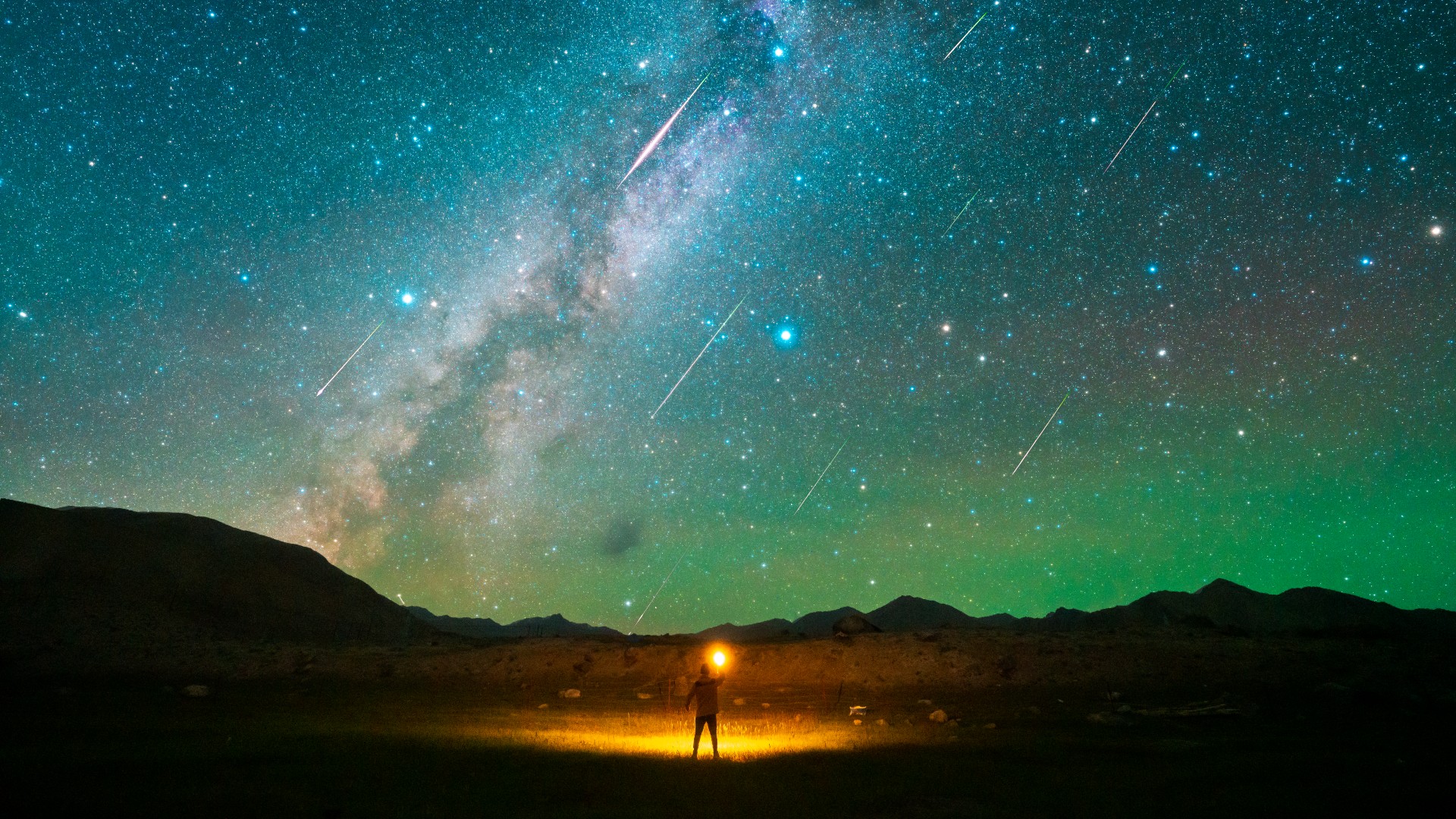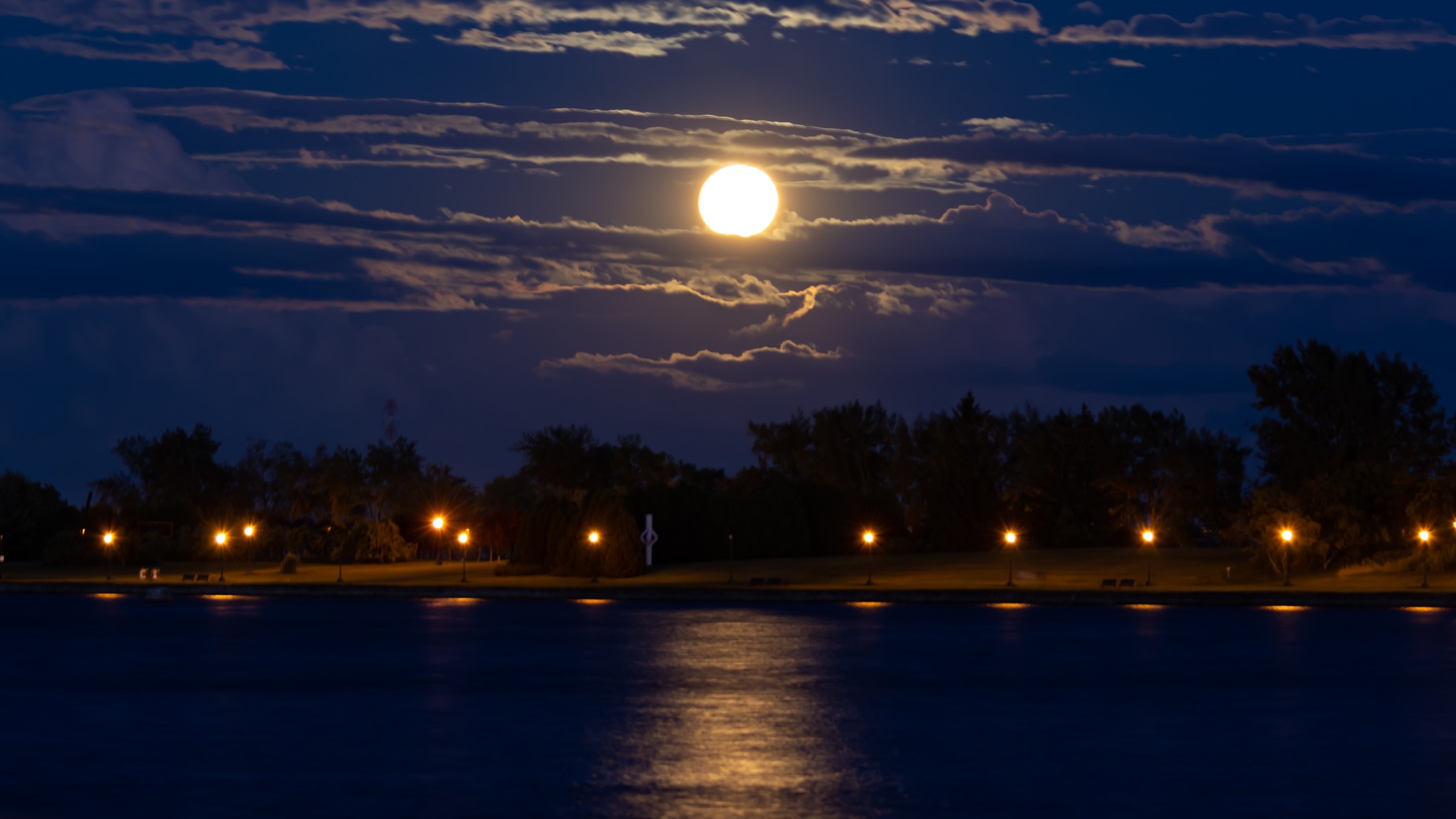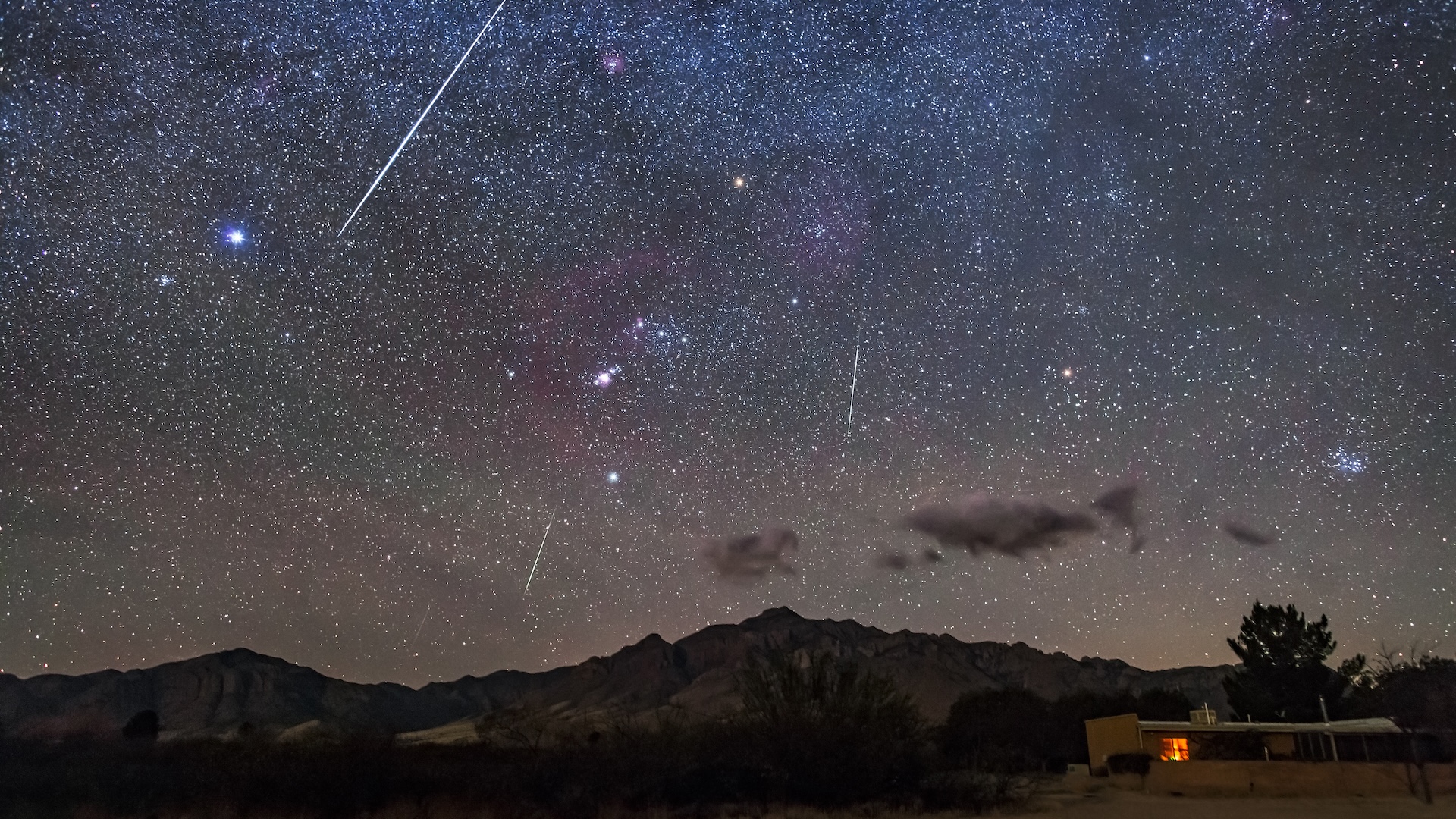
Jamie Carter
Jamie Carter is a freelance journalist and regular Live Science contributor based in Cardiff, U.K. He is the author of A Stargazing Program For Beginners and lectures on astronomy and the natural world. Jamie regularly writes for Space.com, TechRadar.com, Forbes Science, BBC Wildlife magazine and Scientific American, and many others. He edits WhenIsTheNextEclipse.com.
Latest articles by Jamie Carter
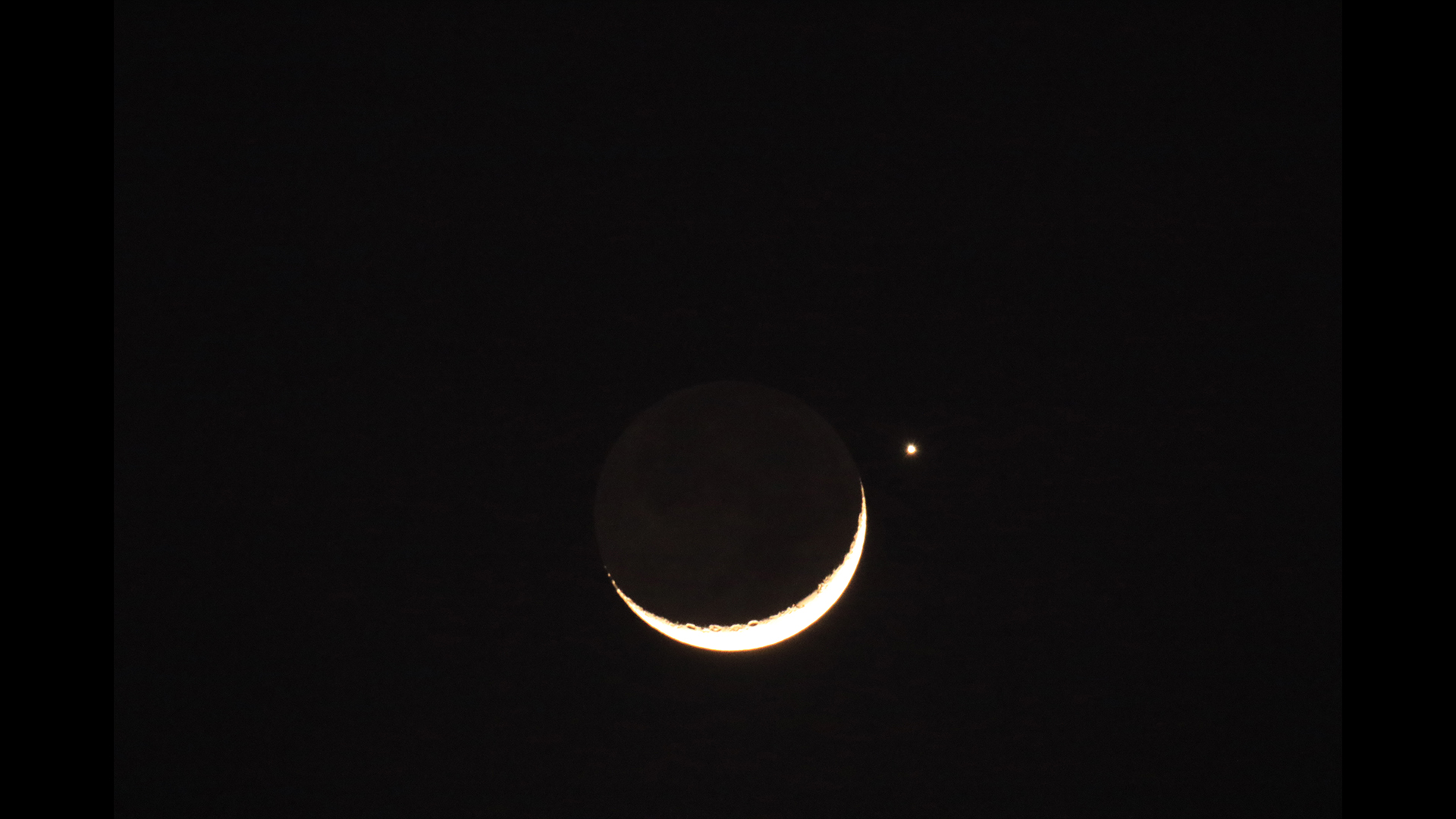
The moon will 'smile' at Venus this Thursday. Here's how to see it.
By Jamie Carter published
Look up early Thursday (Nov. 9) to witness one of the most beautiful celestial sights of 2023 — a 'smiling' crescent moon dancing with bright Venus in the predawn sky.
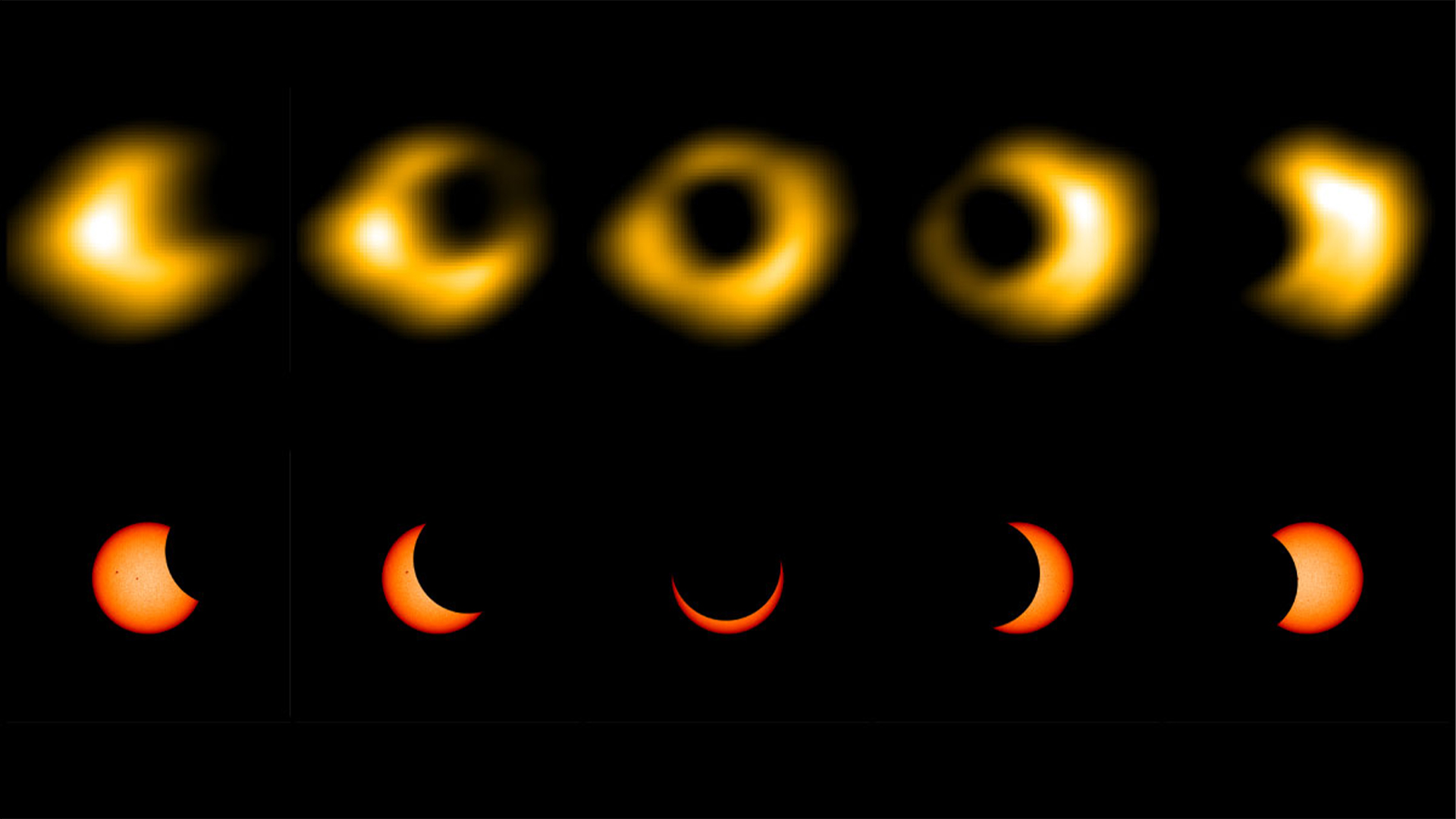
Space photo of the week: A radio 'ring of fire' shows a solar eclipse as never seen before
By Jamie Carter published
Radio astronomers in California imaged the sun's scorching hot corona for the first time ever during a partial solar eclipse on Oct. 14.
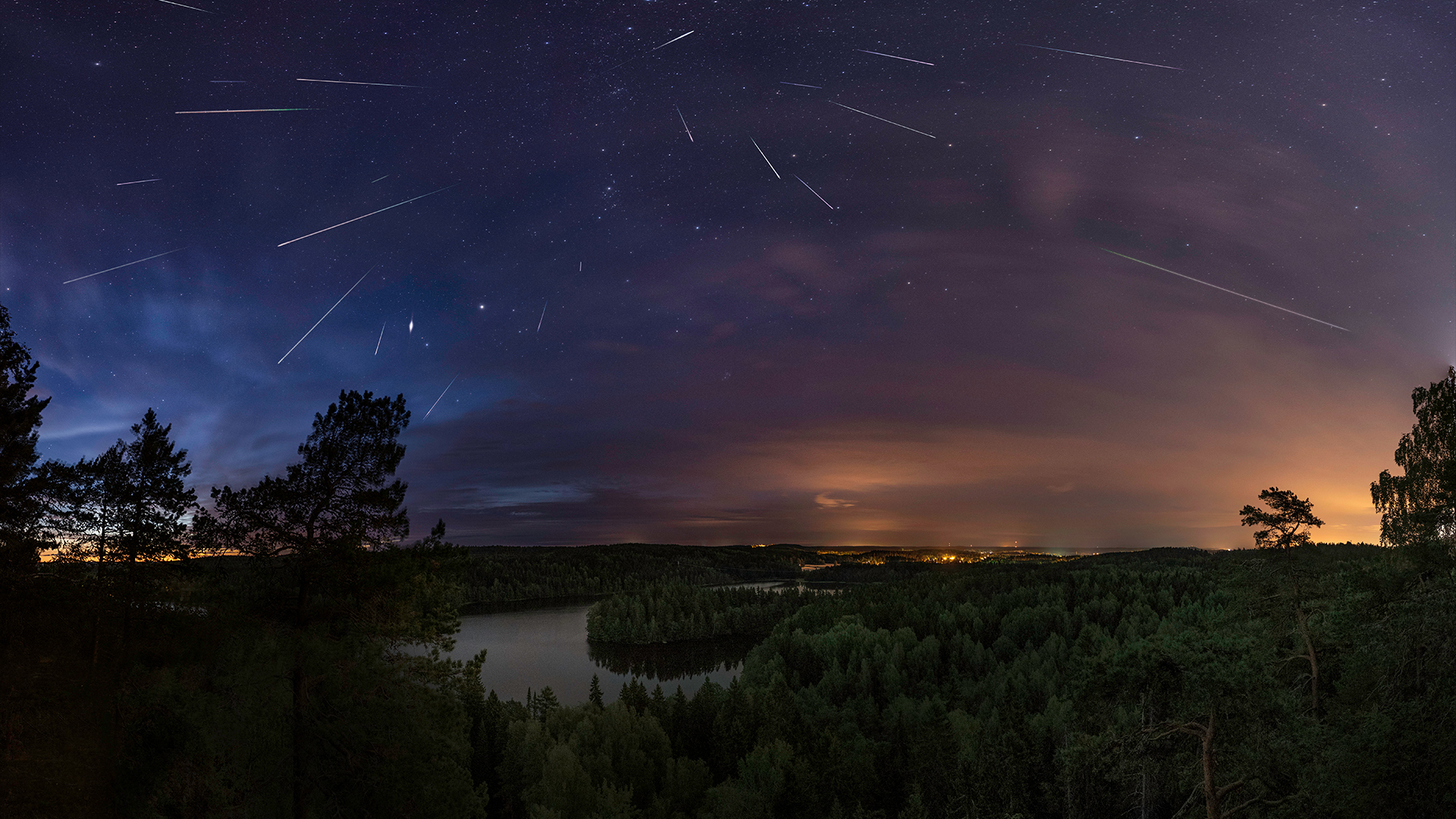
How to watch the Taurid meteor showers peak this weekend and next
By Jamie Carter published
The modest Northern Taurid and Southern Taurid meteor showers peak on separate days over the next week. Here's how to get the most out of the annual display of shooting stars and fireballs.
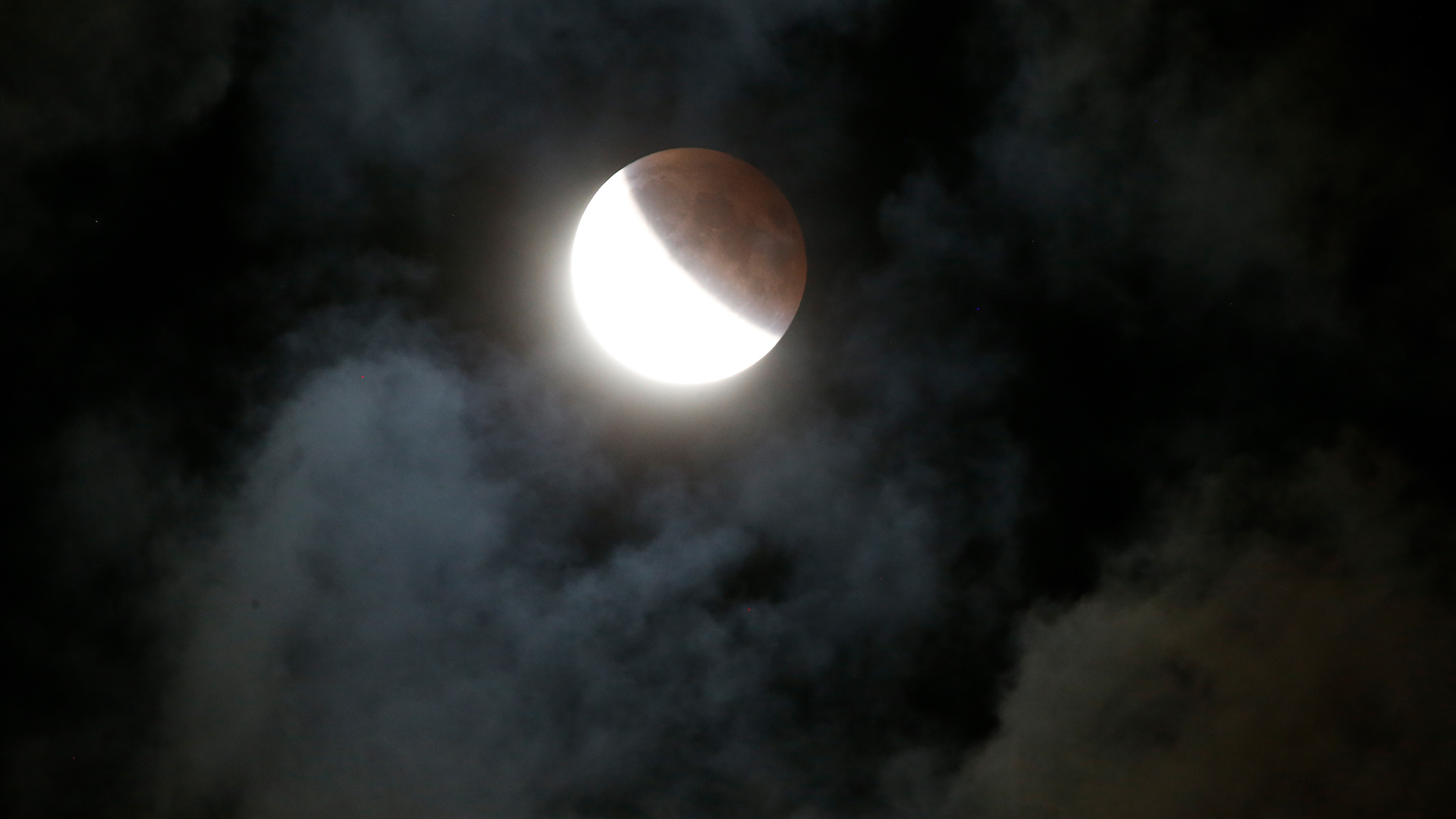
How to watch the full 'Hunter's Moon' get eclipsed this weekend
By Jamie Carter published
October's full 'Hunter's Moon' will drift into Earth's shadow for a partial eclipse on Oct. 28.
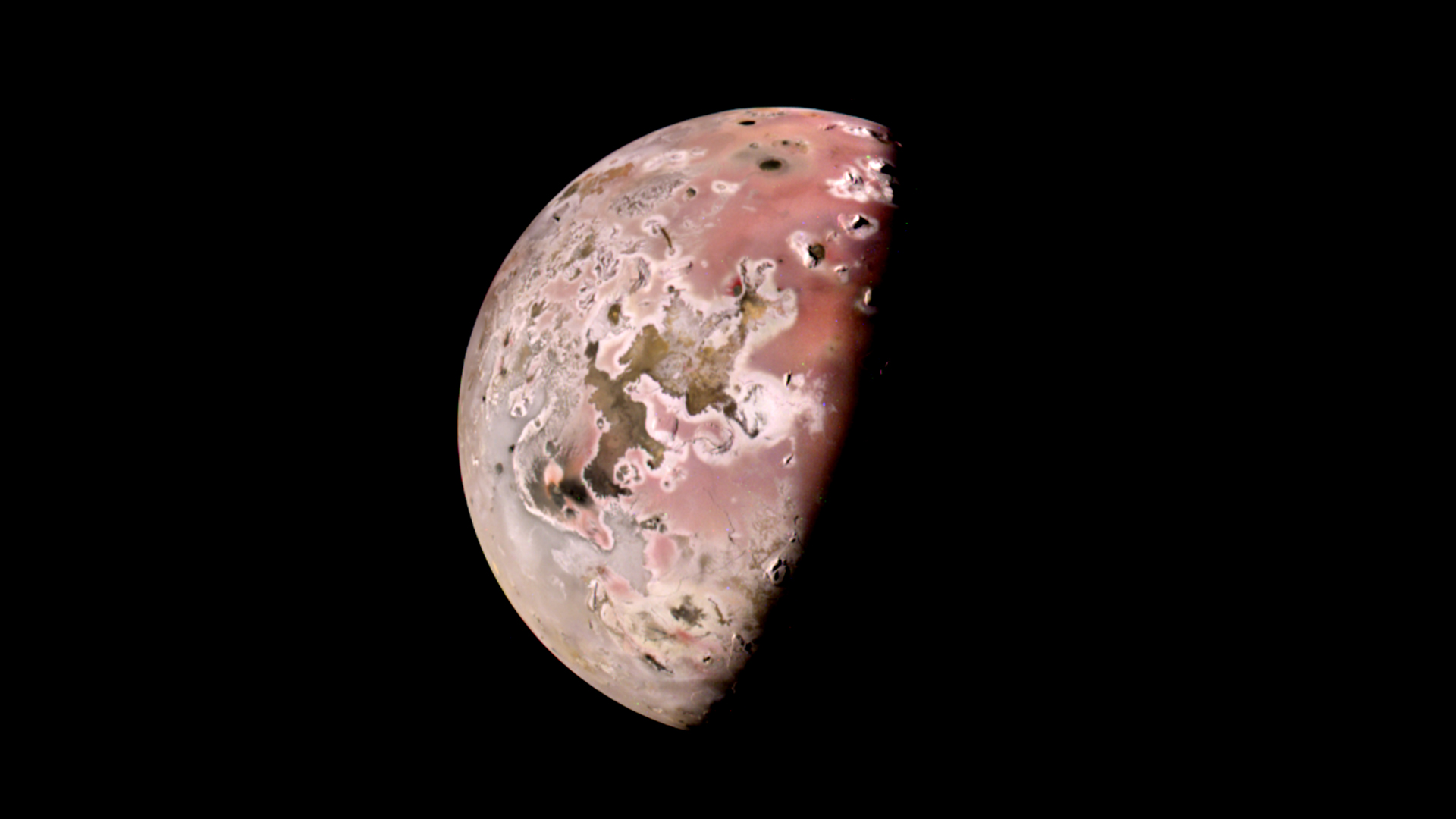
Space photo of the week: Jupiter's seething volcano moon gets a close-up
By Jamie Carter published
Jupiter's moon Io, the most volcanic world in the solar system, was imaged from just 7,260 miles away.

Orionid meteor shower peaks this weekend: How to get the best views
By Jamie Carter published
The Orionid meteor shower will peak this weekend. Here's when to get the best view.
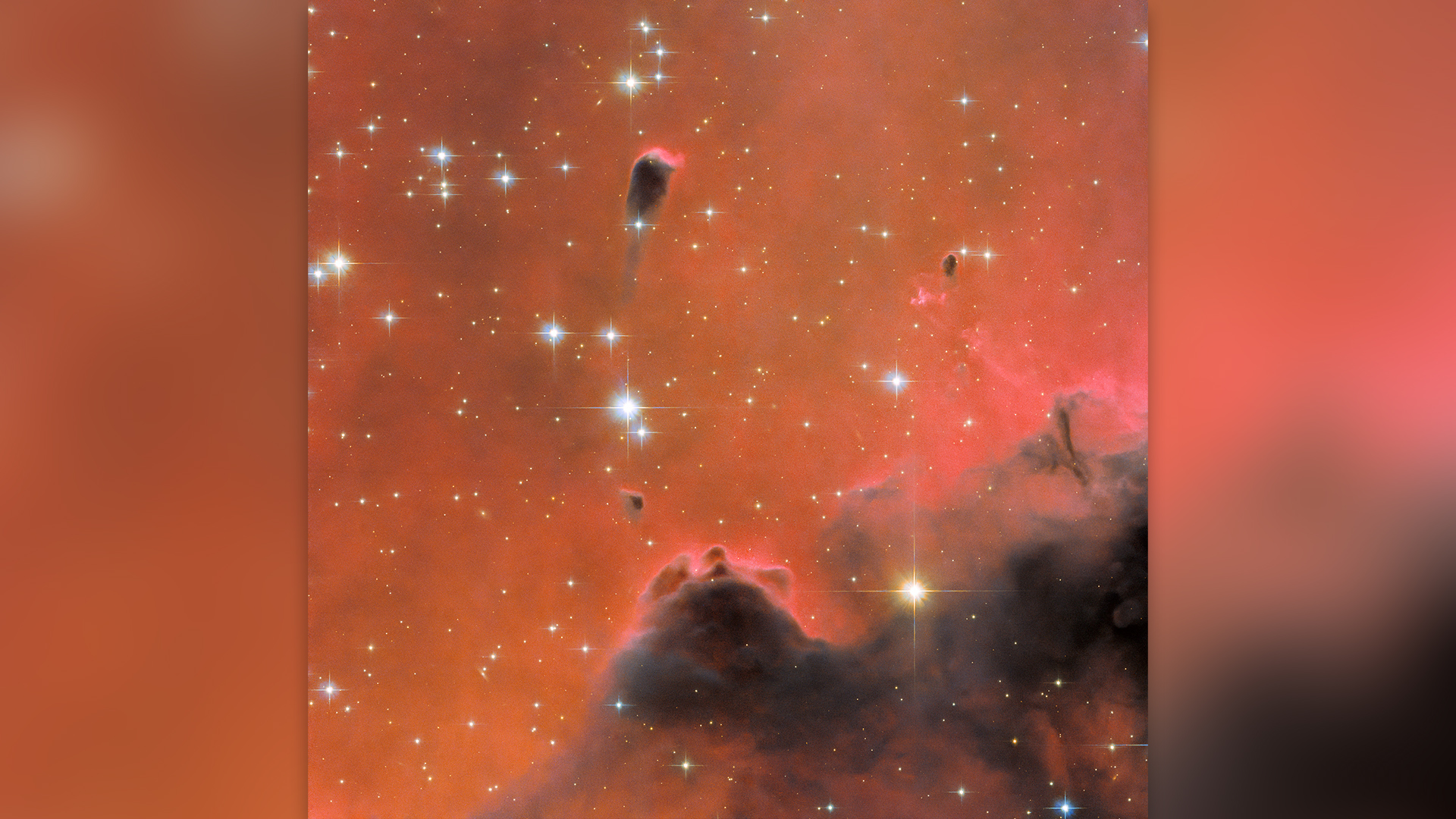
Space photo of the week: Hubble spies a 'cosmic tadpole' in a sea of red
By Jamie Carter published
Amid the Soul Nebula's harsh red light, a cocoon of gas holds baby stars in the making in this ethereal new Hubble telescope image.
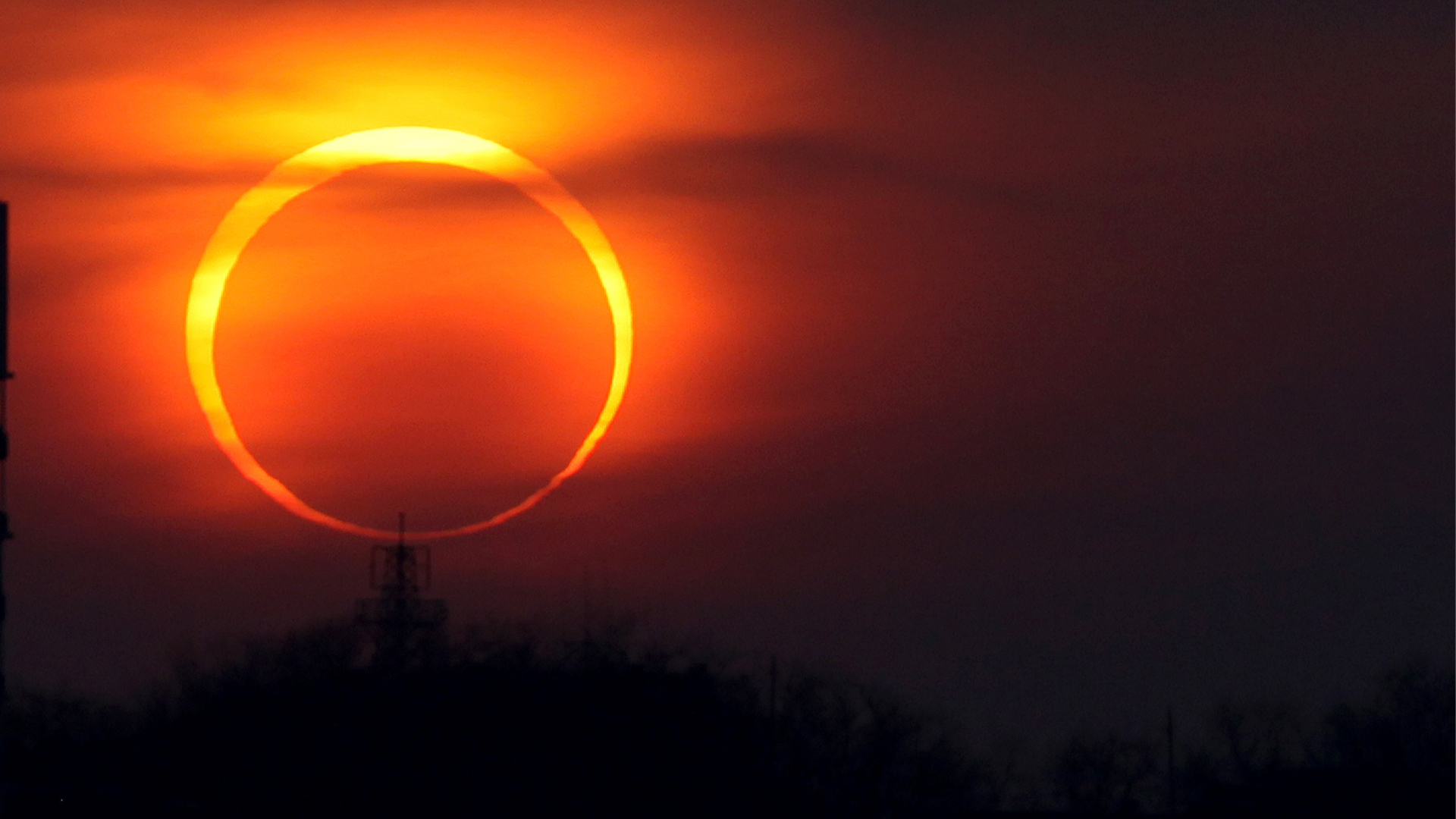
Exactly where and when to see the 'ring of fire' solar eclipse this weekend
By Jamie Carter published
A partial solar eclipse will be visible across most of the Americas on Oct. 14, with a rare 'ring of fire' annular eclipse visible in nine states.
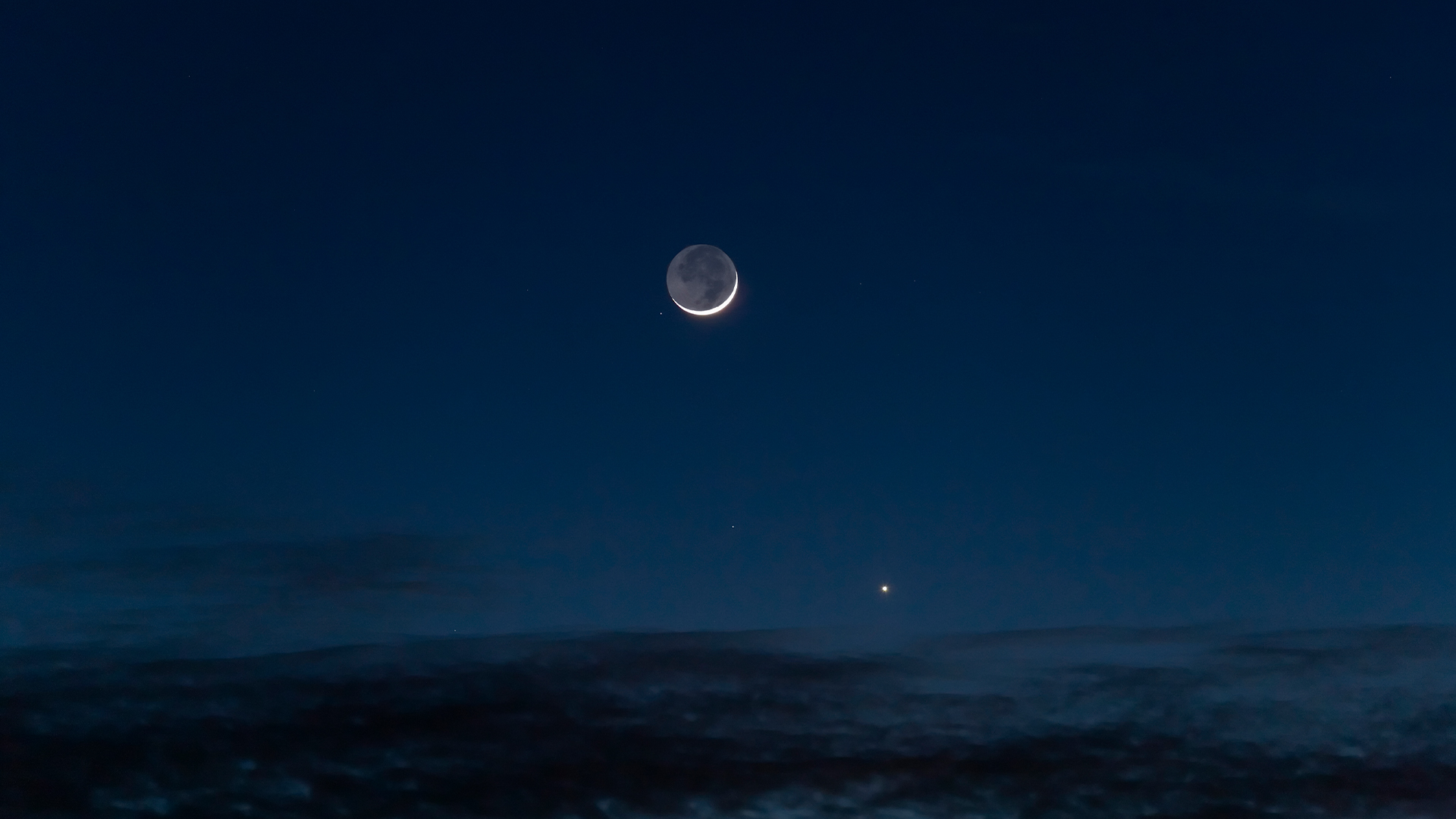
How to see bright Venus dance with a glowing crescent moon this week
By Jamie Carter published
Early on Oct. 10, the bright planet Venus will appear exceptionally close to the crescent moon in a lovely skywatching display. Here's when and where to watch.
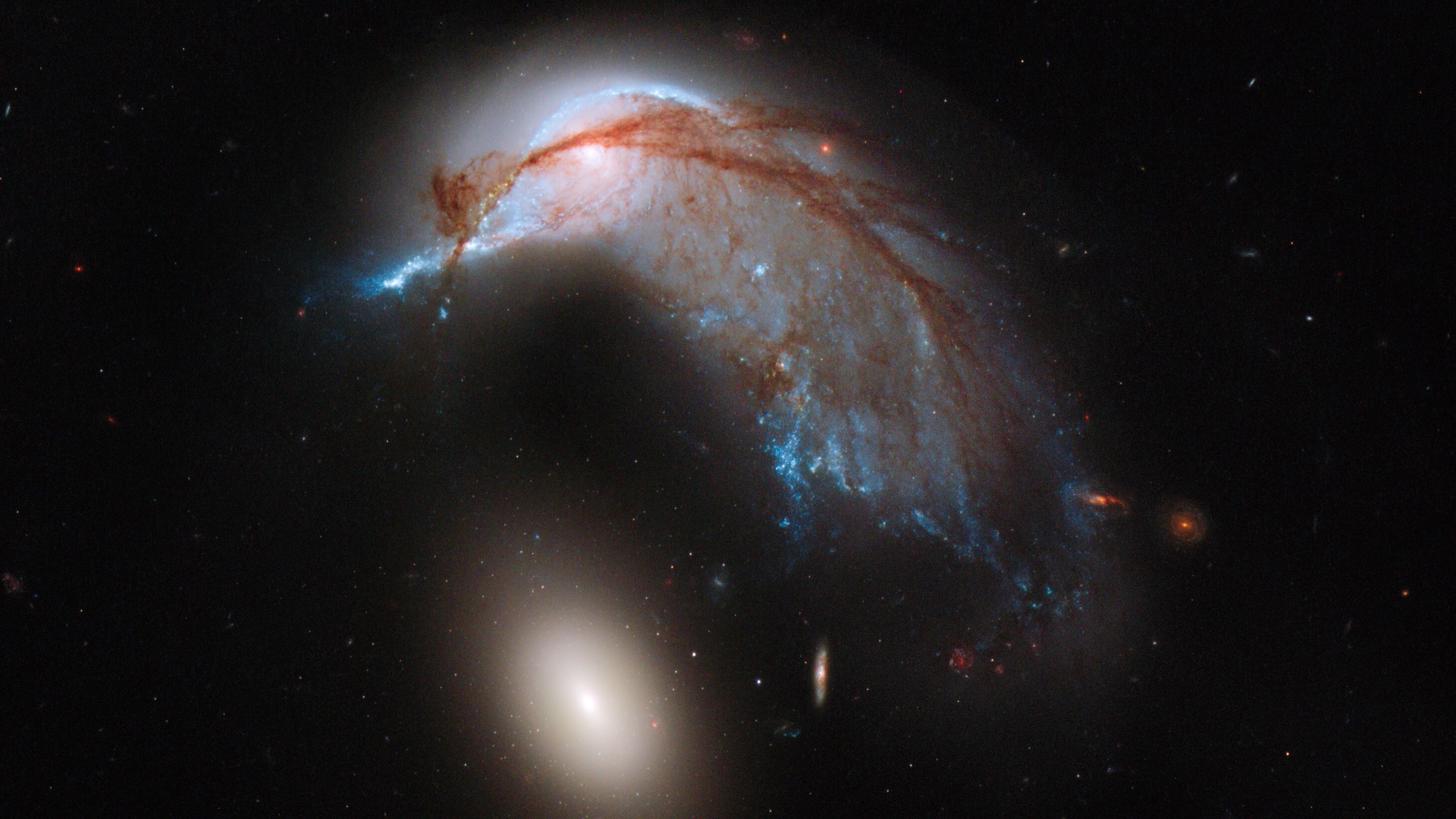
Space photo of the week: Warped 'hummingbird galaxy' guards a cosmic egg
By Jamie Carter published
Hubble's image of two colliding galaxies, known as Arp 142, show how a small galaxy's gravity has shredded a once-large spiral into a birdlike figure.
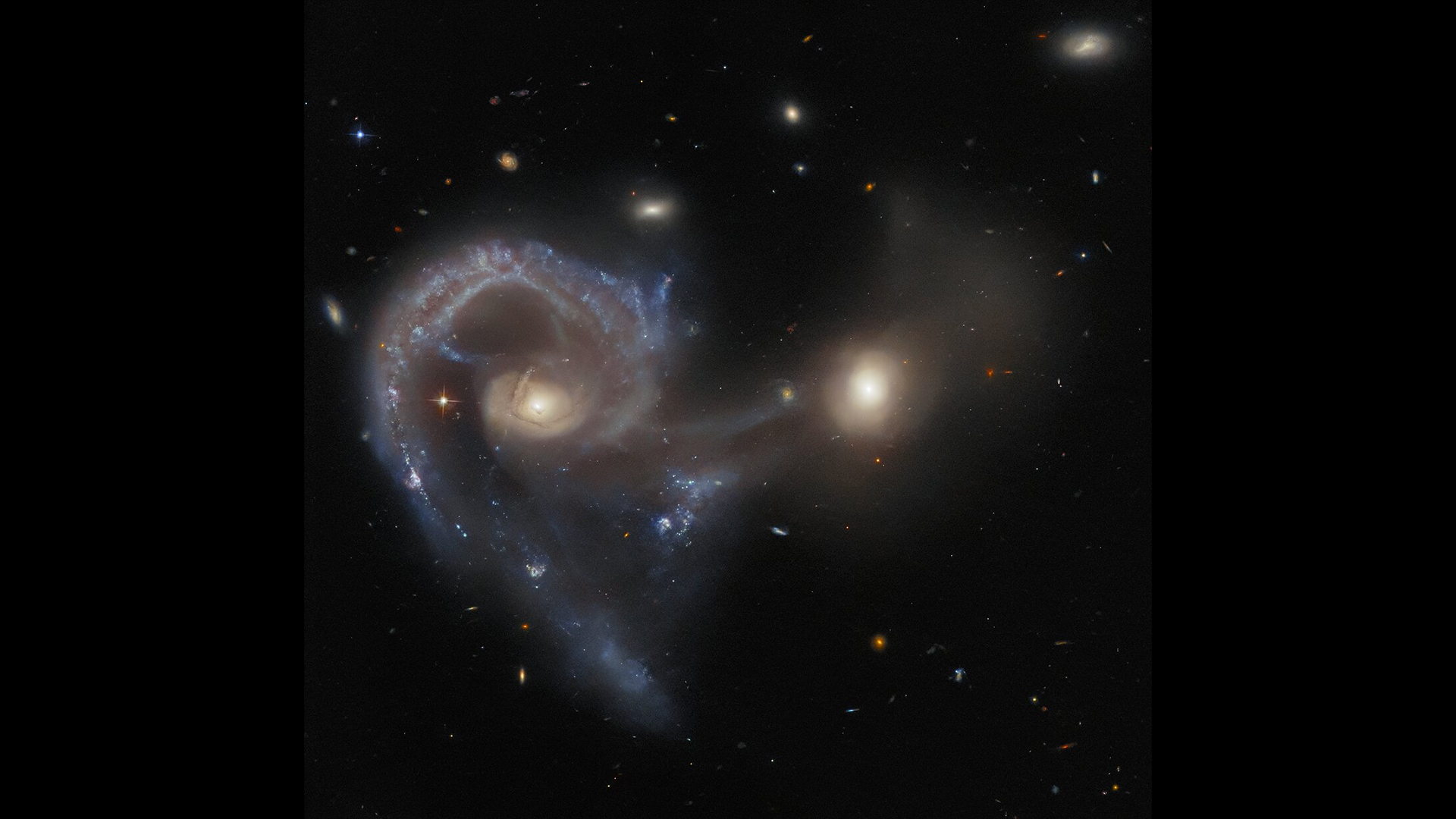
Space photo of the week: Hubble spies a spectacular galaxy crash
By Jamie Carter published
Arp 107 hosts a special spiraling 'Seyfert' galaxy connected to a smaller galaxy by a 'bridge' of dust and gas.
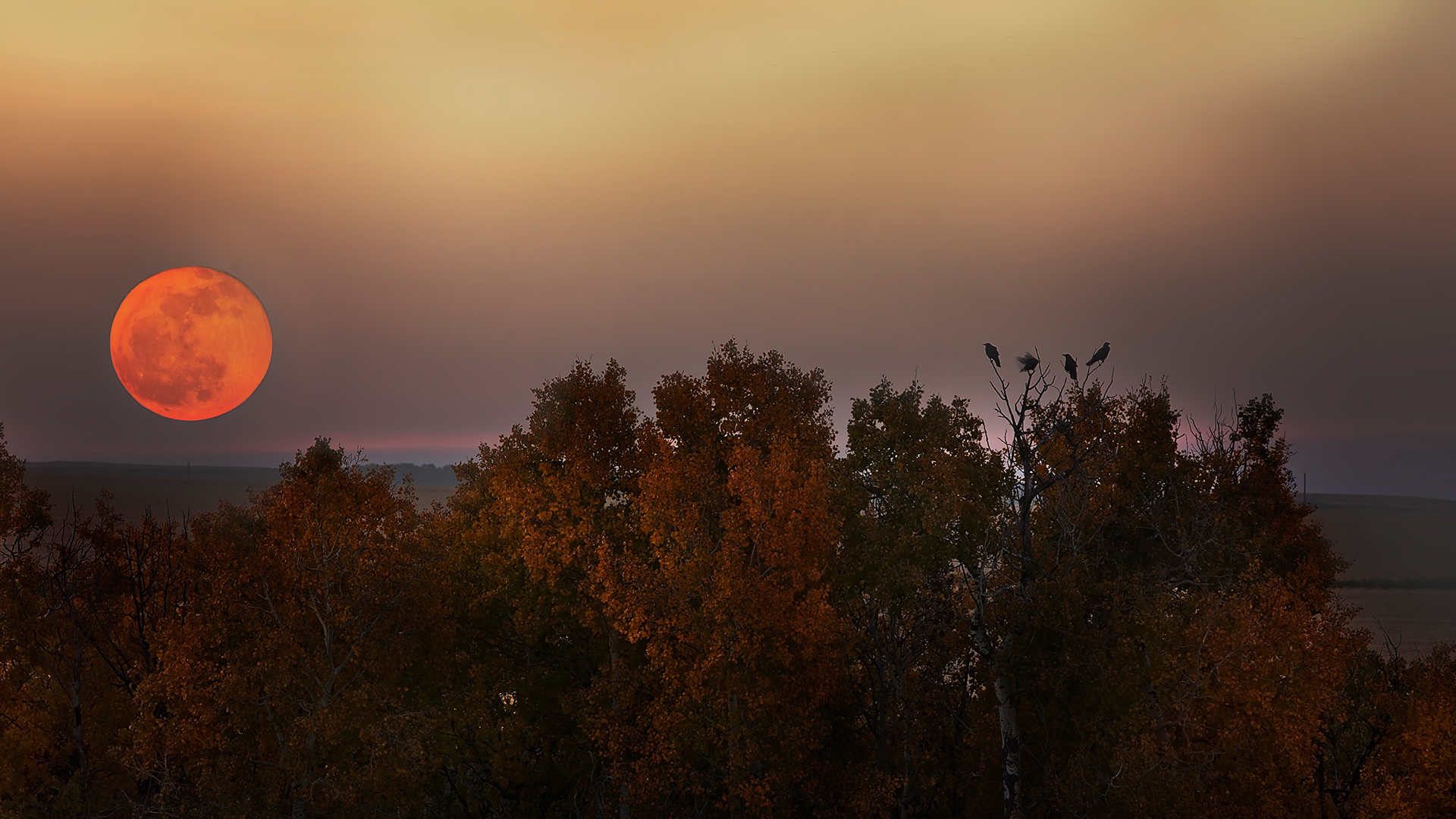
How to see the Harvest Moon, the final supermoon of 2023, rise this weekend
By Jamie Carter published
The famous Harvest Moon — the final supermoon of 2023 — will be the first full moon of autumn when it rises on Sept. 29.
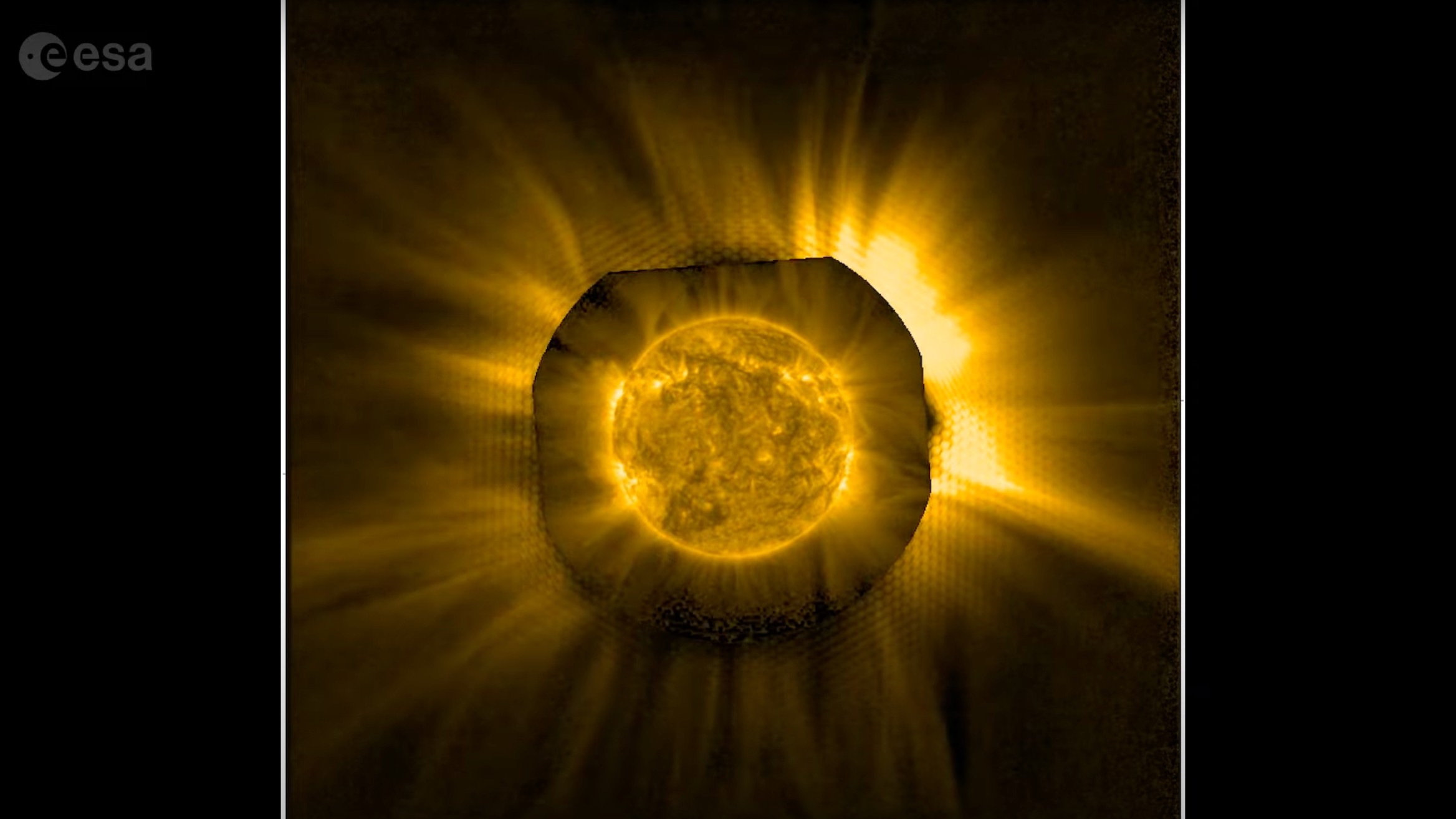
Space photo of the week: The sun's violent corona like it's never been seen before
By Jamie Carter published
The sun's outer atmosphere was captured at previously impossible extreme ultraviolet wavelengths thanks to a last-minute engineering hack.
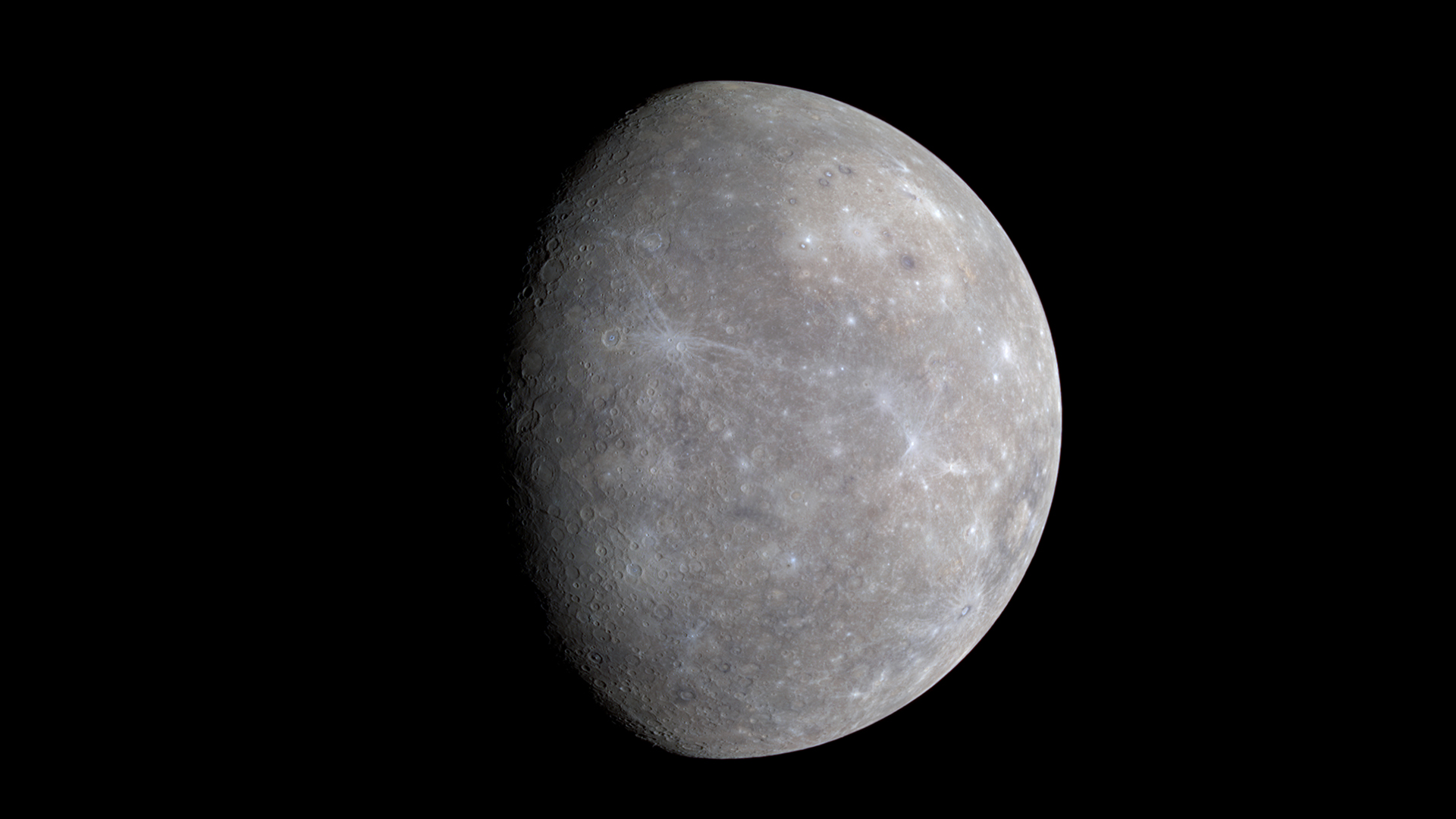
Mercury reaches its highest point in the sky this weekend. Here's how to see it.
By Jamie Carter published
A bright, yellowish spot in the morning sky is actually Mercury making a rare daytime appearance. Here's how to see it at its highest and brightest this week.
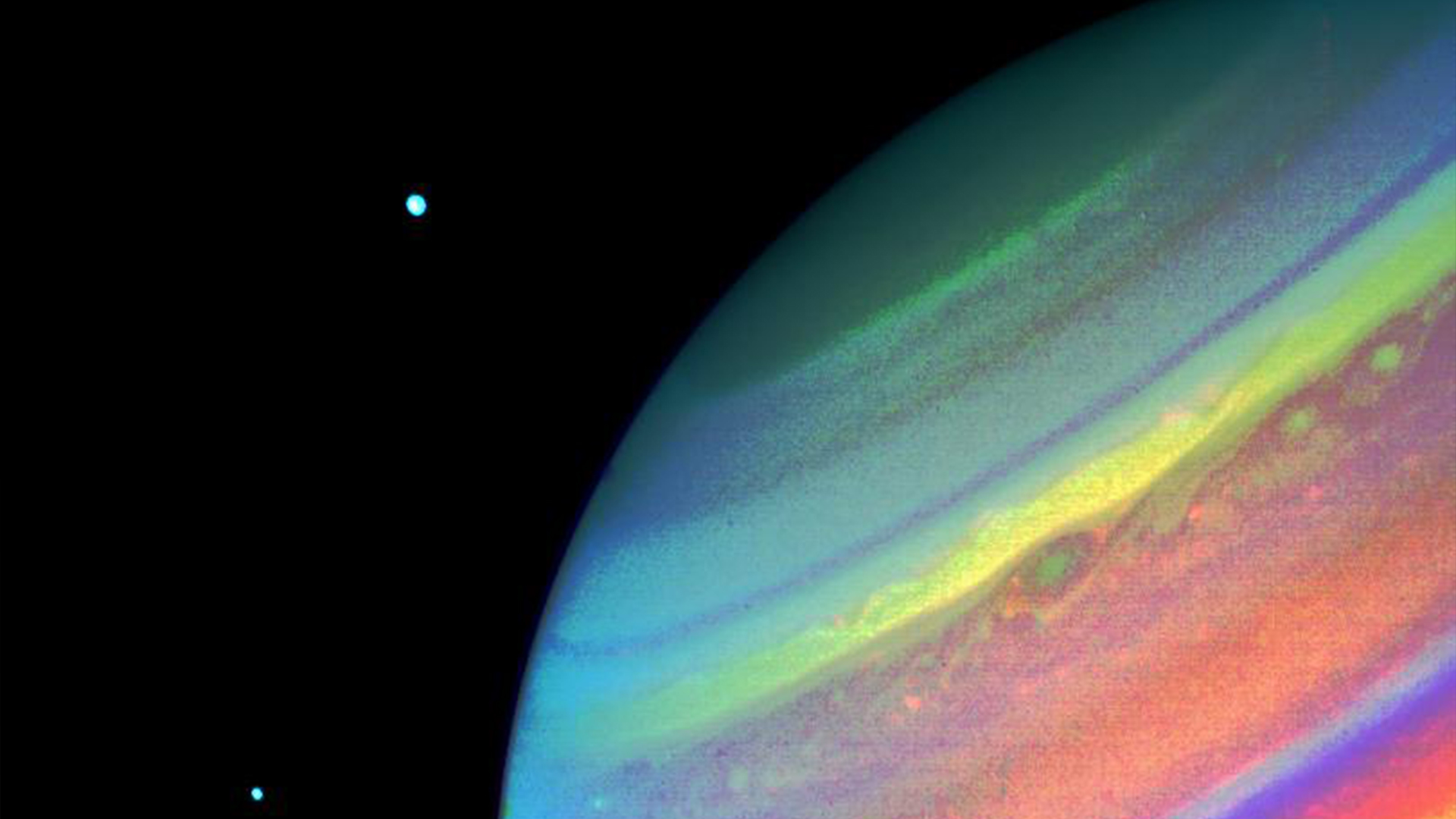
Historic space photo of the week: Voyager 2 spies a storm on Saturn 42 years ago
By Jamie Carter published
With the ringed planet currently perfectly positioned for observation with a small telescope, relive Voyager 2's landmark 1981 visit.
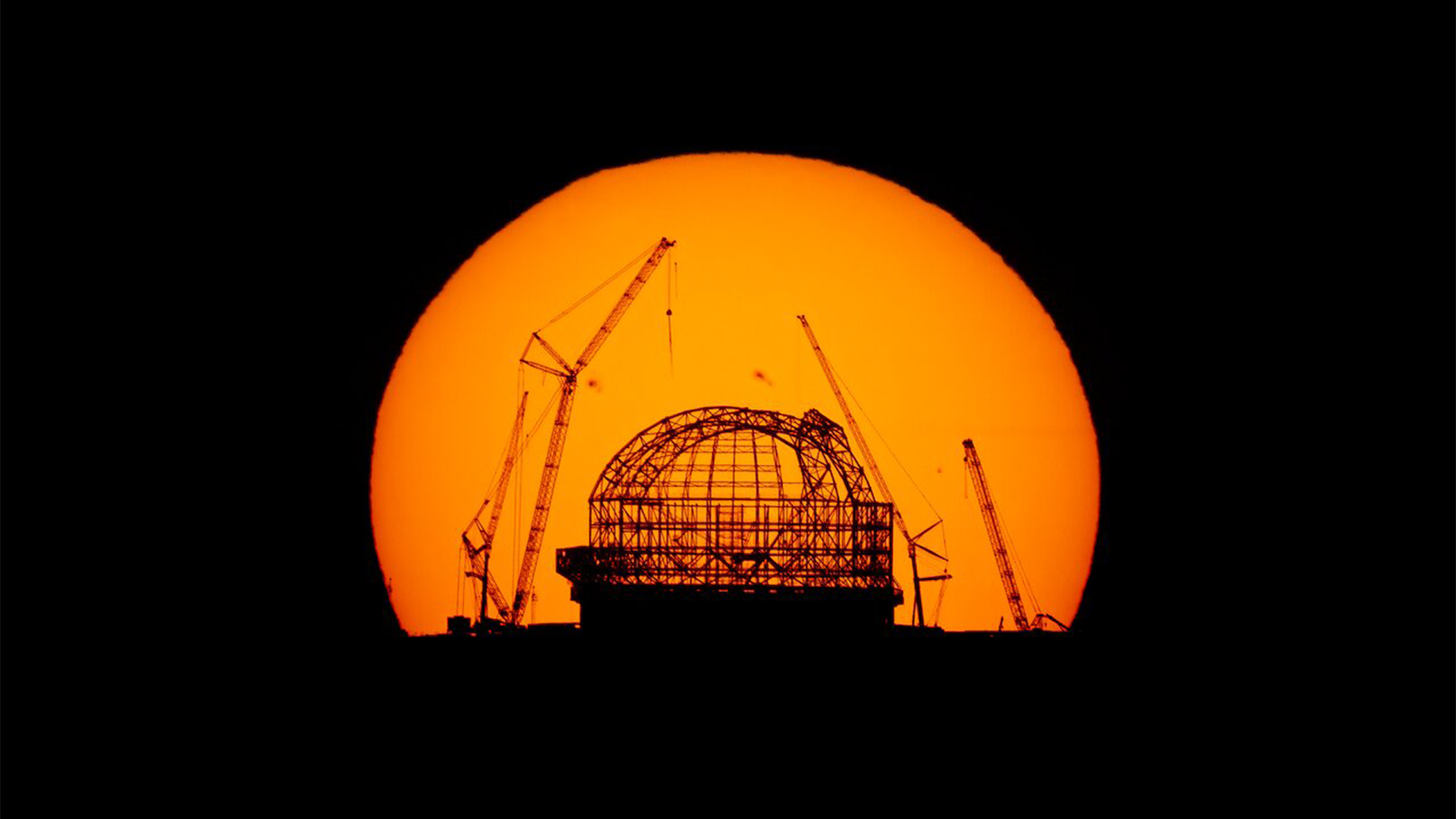
Space photo of the week: Gargantuan sunspots photobomb the world's largest telescope
By Jamie Carter published
Two planet-sized sunspots peer out from behind what will be the world's largest telescope, currently being built on a mountaintop in Chile.
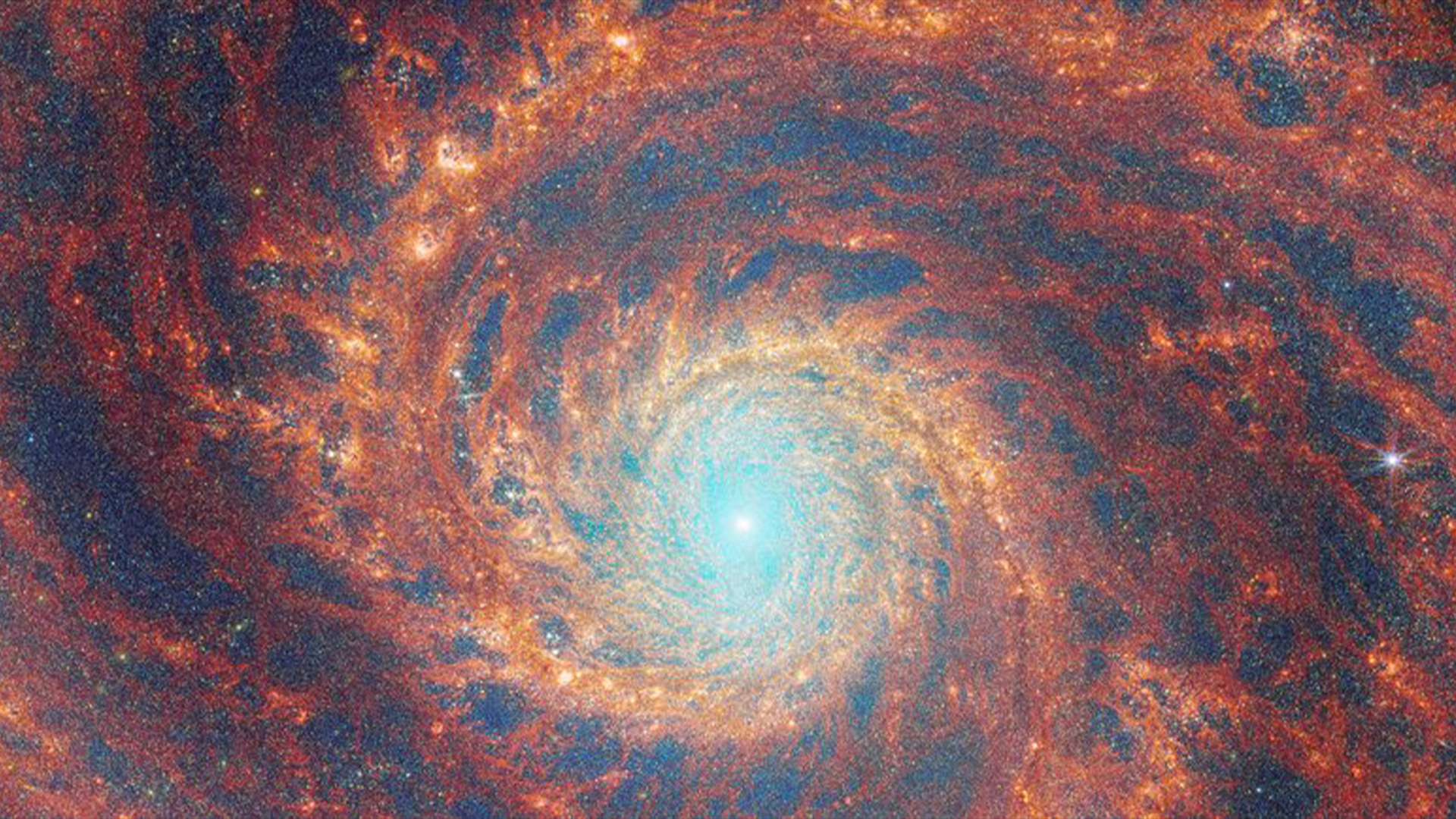
Space photo of the week: James Webb sees the Whirlpool Galaxy in a new light
By Jamie Carter published
James Webb Space Telescope shows new star clusters forming in one of the best-looking "grand-design" spiral galaxies in the night sky.
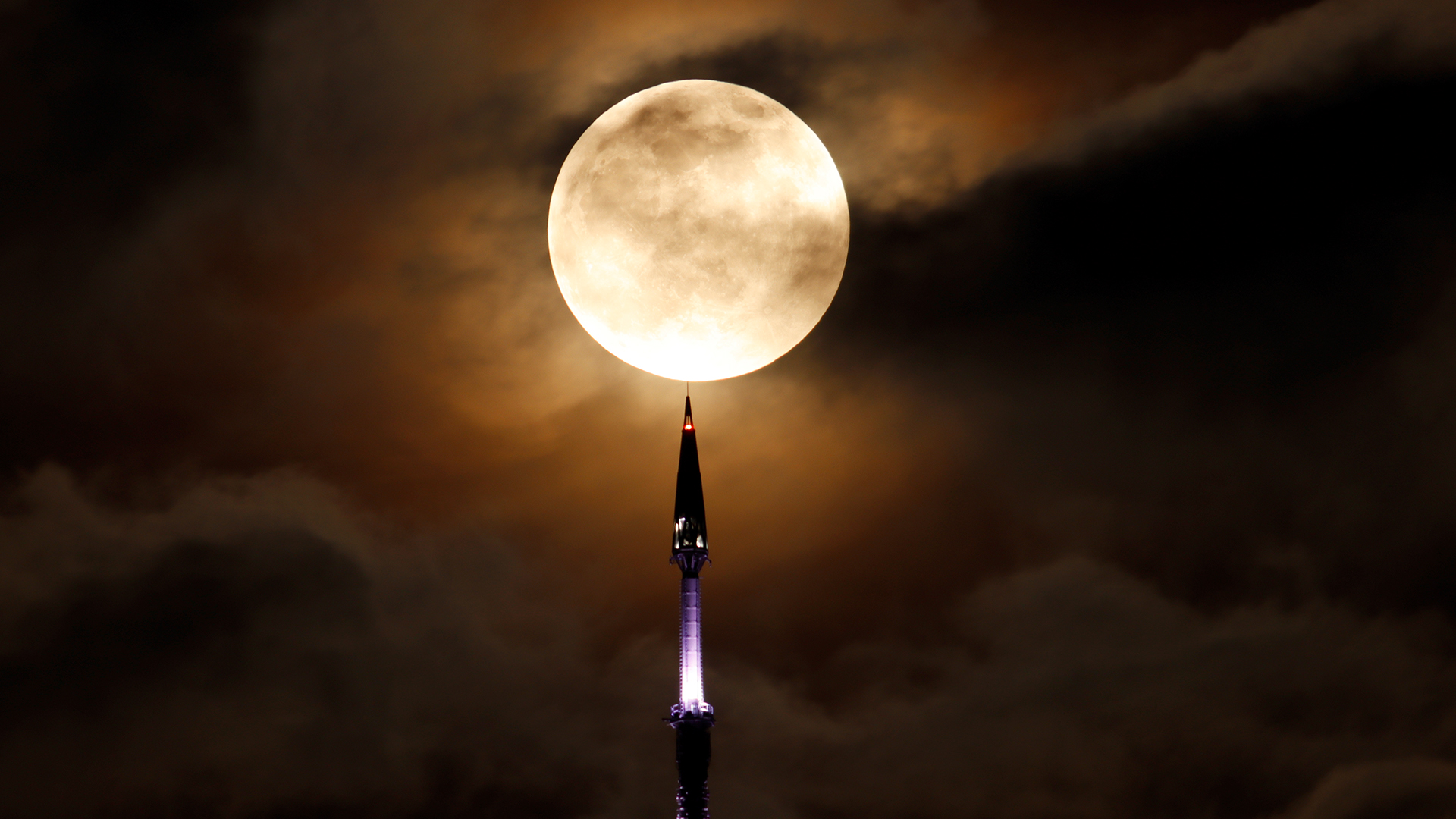
The last blue supermoon until 2037 will rise tonight. Here's how to watch.
By Jamie Carter published
The closest, brightest full moon of 2023 is also the second full moon in the same calendar month. Here's how to see it.
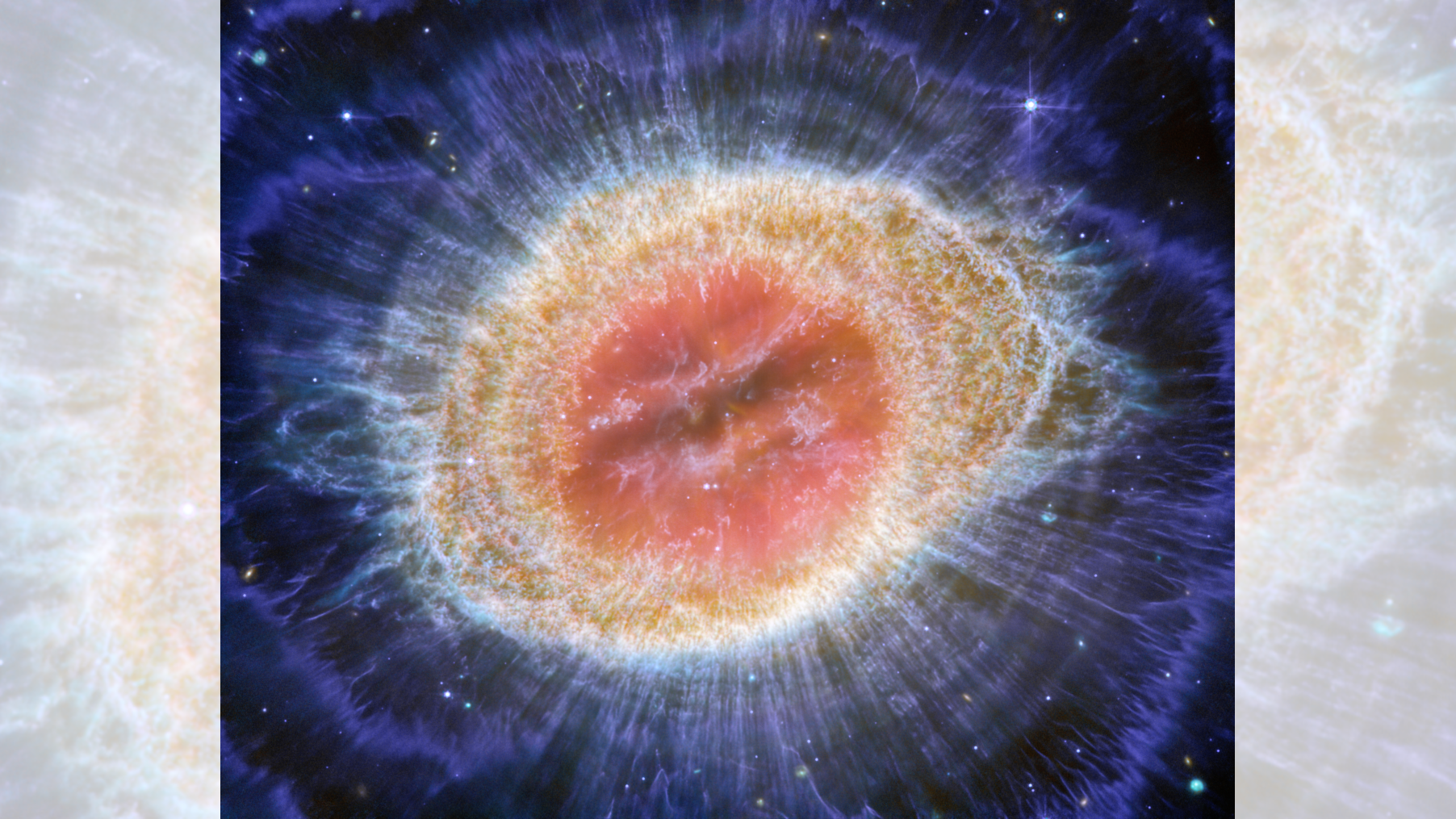
Space photo of the week: Ring Nebula glistens like a jelly-filled doughnut in Webb telescope's latest images
By Jamie Carter published
The archetypal planetary nebula imaged by the James Webb Space Telescope now comes in two colorful versions, each showing spectacular features.
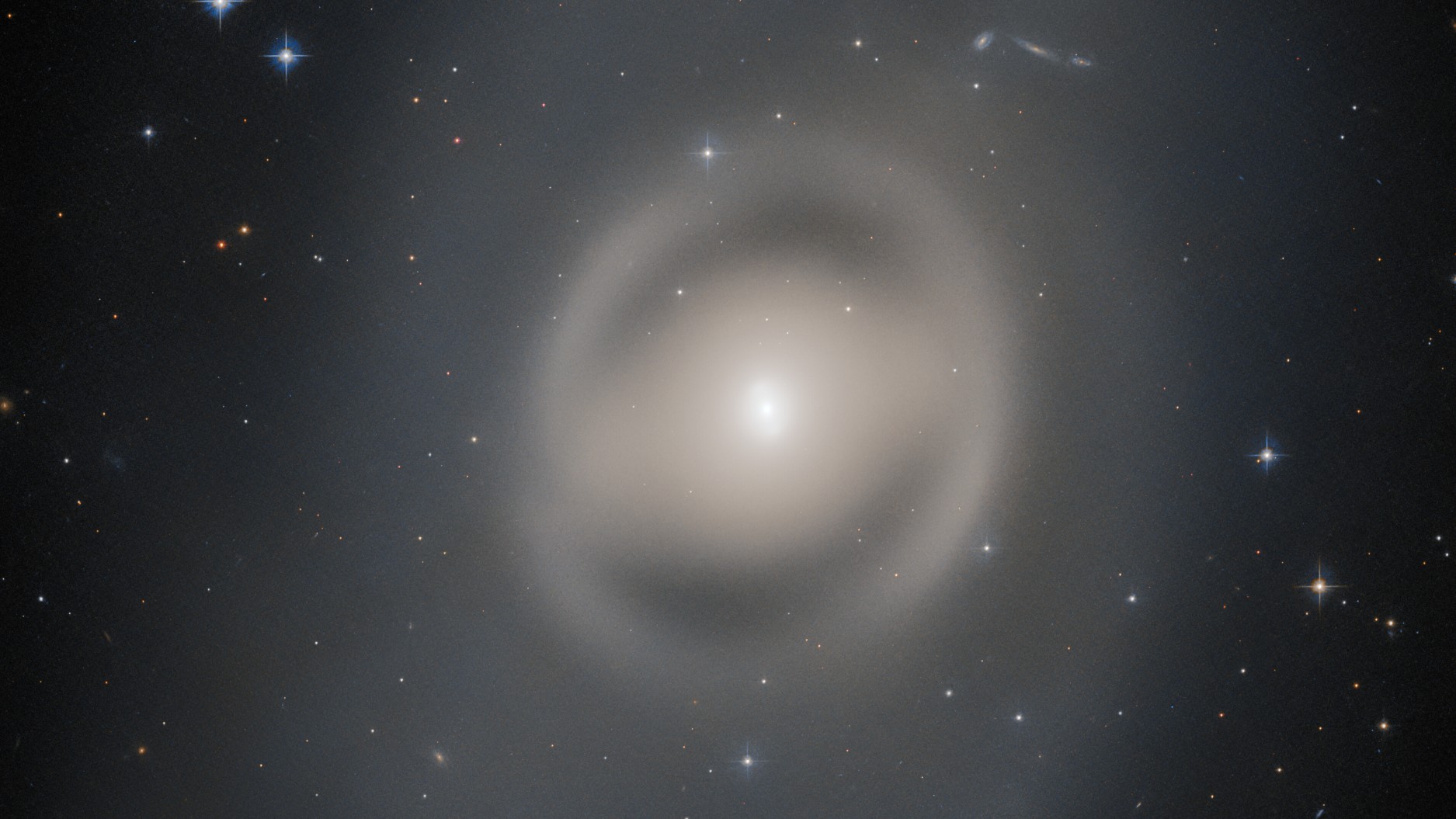
Space photo of the week: A cosmic 'ghost' peers through the universe's past
By Jamie Carter published
Imaged beautifully by Hubble, NGC 6684 is a 'lenticular' galaxy very different to our own Milky Way.
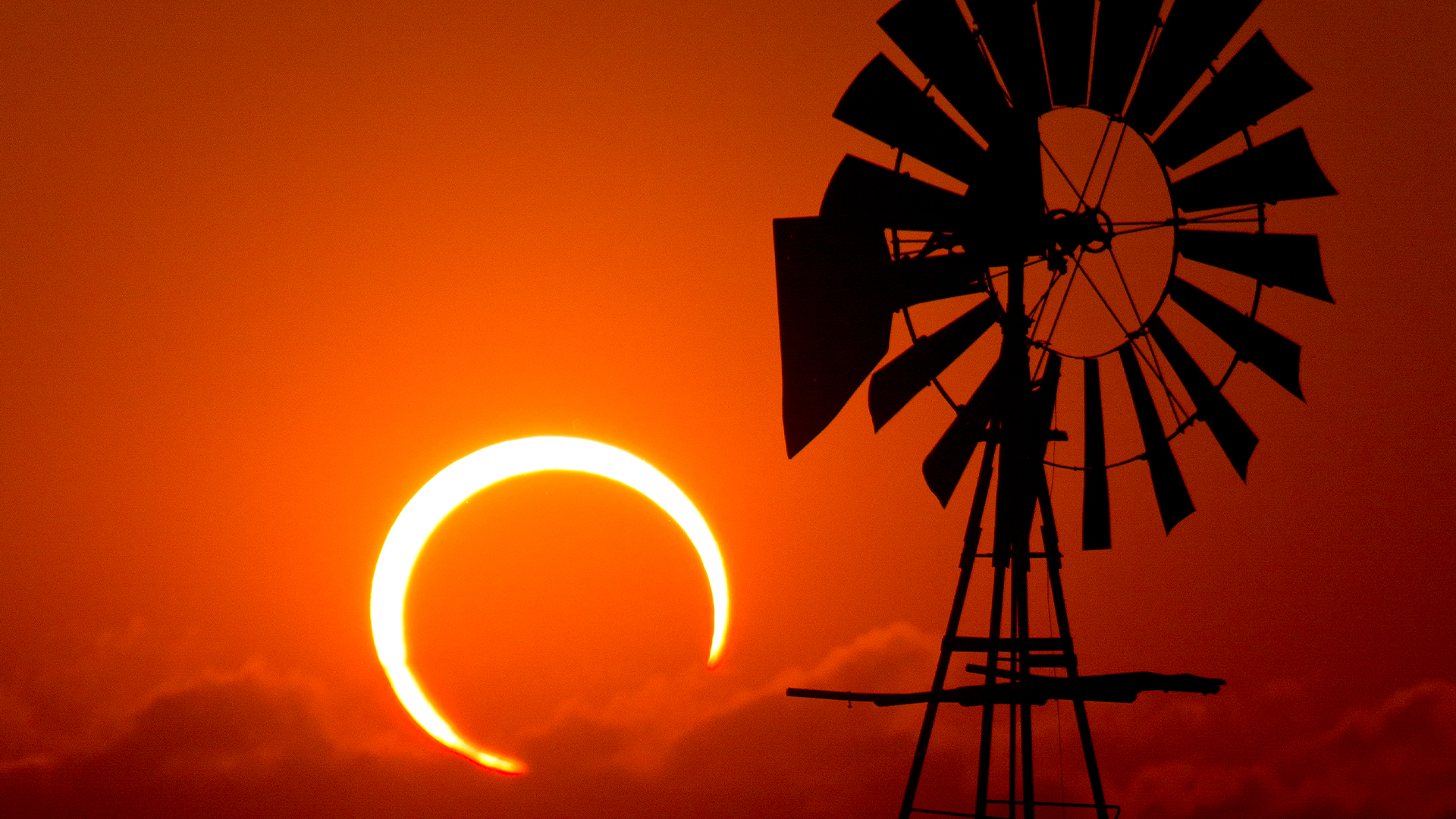
'Ring of fire' solar eclipse 2023: How to watch in-person (and virtually)
By Jamie Carter published
On Oct. 14, an epic 'ring of fire' annular solar eclipse will swoop across North America, providing once-in-a-lifetime views for several states. Here’s how to watch, no matter where you are.
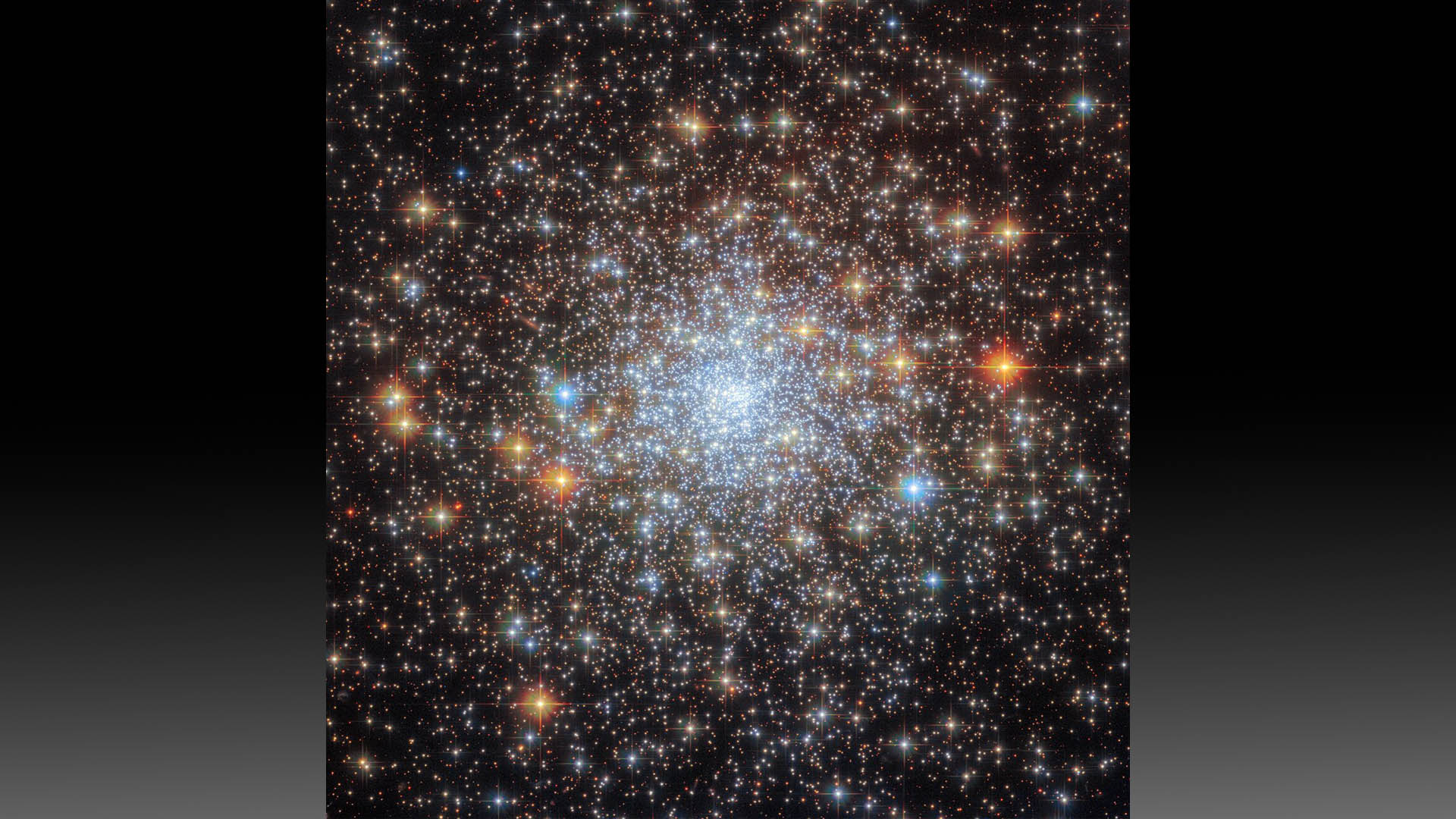
Space photo of the week: Hubble captures one of our galaxy's oldest objects
By Jamie Carter published
This week, the Hubble Space Telescope captured a stunning image of globular cluster NGC 6652 — a collection of some of the oldest stars in the Milky Way galaxy.
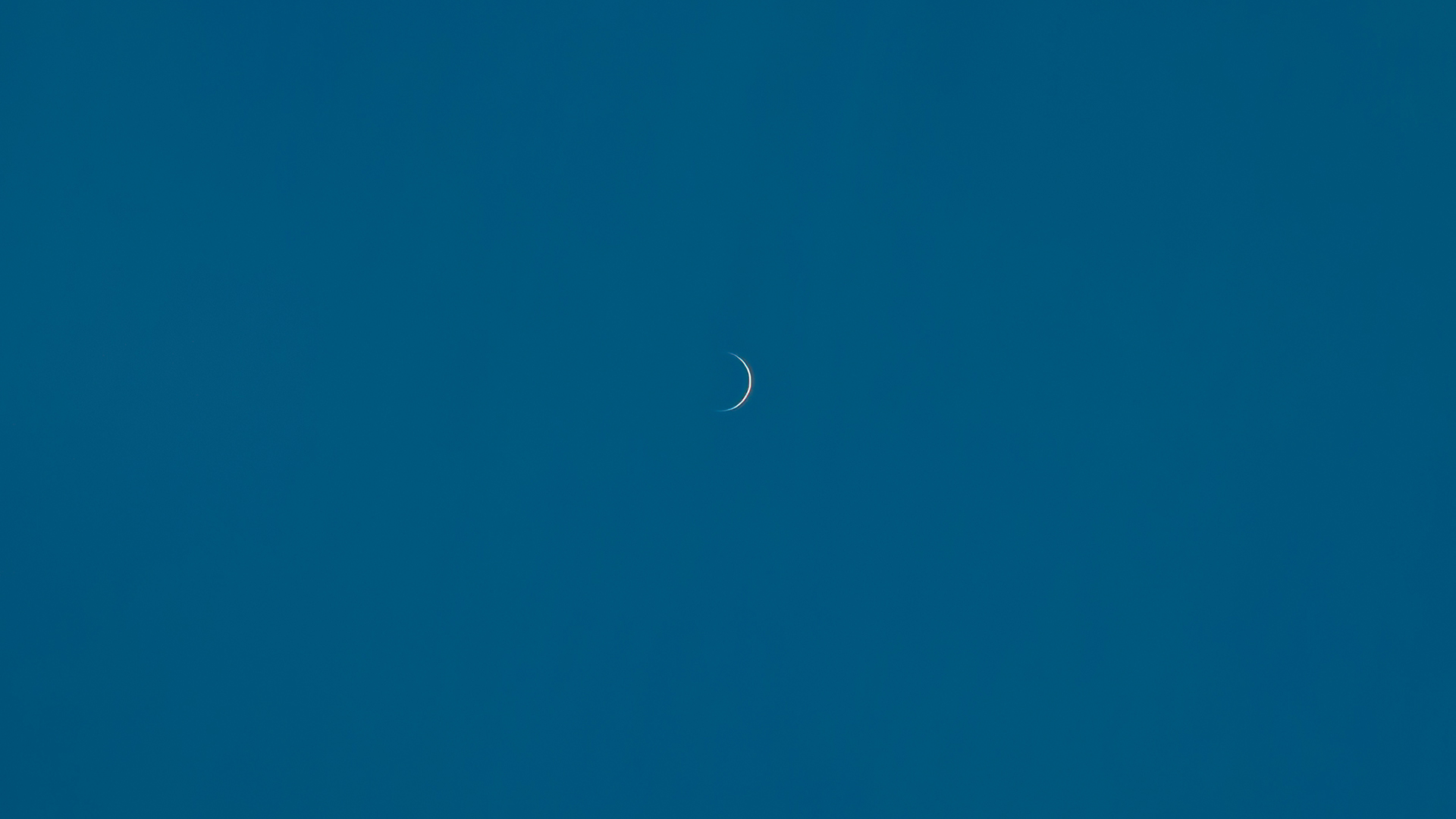
Why Venus is now a slim crescent and will disappear from the evening sky this weekend
By Jamie Carter published
The second planet from the sun is approaching 'inferior conjunction' as it swaps from being the 'Evening Star' to the 'Morning Star,' passing between Earth and the sun in the meantime.
Sign up for the Live Science daily newsletter now
Get the world’s most fascinating discoveries delivered straight to your inbox.
